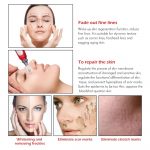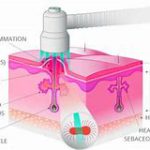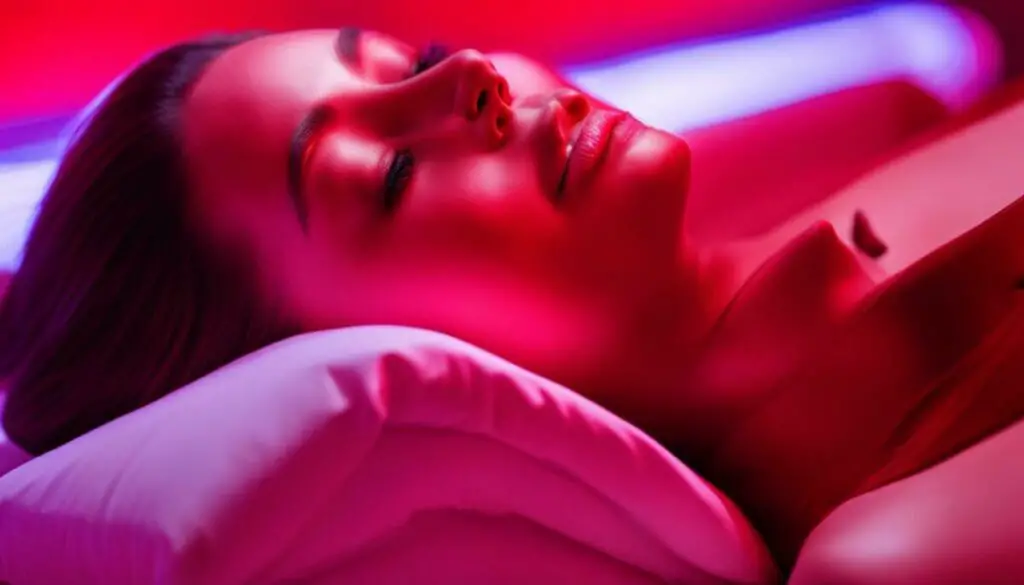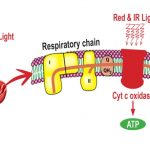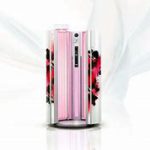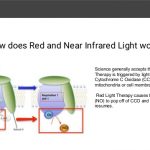Acne is a common skin condition that affects millions of people worldwide. It can be frustrating to deal with, especially when it seems like nothing works. Light therapy is a non-invasive treatment that has been gaining popularity in recent years as a way to combat acne. But how does it work? In this article, we’ll delve into the science behind light therapy and how it can help clear up acne.
Light therapy has emerged as a popular treatment for acne in recent years, and while it may seem too good to be true, there is scientific evidence behind its effectiveness. Essentially, light therapy utilizes different wavelengths of light to target and kill acne-causing bacteria while also reducing inflammation and promoting healing in the skin. In this article, we will explore how light therapy works for acne and what to expect if you decide to try this treatment for yourself.
Contents
The Science Behind Light Therapy
Light therapy, also known as phototherapy, uses specific wavelengths of light to improve skin health. It works by targeting the bacteria that cause acne, as well as reducing inflammation and redness. The two types of light therapy most commonly used for acne are blue light and red light.
Blue Light
Blue light therapy targets the bacteria that cause acne. When applied to the skin, it penetrates the pores and kills the bacteria that are responsible for acne breakouts. Blue light therapy is often used in combination with other acne treatments, such as topical medications or chemical peels, to enhance their effectiveness.
Red Light
Red light therapy is used to reduce inflammation and promote healing. When applied to the skin, it penetrates deep into the tissues and stimulates the production of collagen, which helps to reduce the appearance of acne scars. Red light therapy is also used to improve skin tone and texture, making it a popular treatment for those with acne-prone skin.
The Benefits of Light Therapy for Acne
Light therapy has many benefits for those with acne-prone skin. Here are just a few:
Non-Invasive
Light therapy is a non-invasive treatment that does not require any needles or incisions. This makes it a safe and effective option for those who are looking for a less invasive way to treat their acne.
No Downtime
Unlike some other acne treatments, such as chemical peels or laser resurfacing, light therapy does not require any downtime. You can return to your normal activities immediately after treatment.
Minimal Side Effects
Light therapy has minimal side effects, with the most common being redness and mild swelling. These side effects usually subside within a few hours after treatment.
Long-Lasting Results
Light therapy can provide long-lasting results for those with acne-prone skin. With regular treatments, you can see a significant improvement in the appearance of your skin.
How to Prepare for Light Therapy
Before undergoing light therapy for acne, there are a few things you should do to prepare:
Key takeaway: Light therapy for acne works by targeting the bacteria that cause acne, reducing inflammation and redness. It is a safe and effective non-invasive treatment with minimal side effects and no downtime, providing long-lasting results. Before undergoing light therapy, it is important to properly prepare your skin and follow your dermatologist’s recommended treatment plan.

